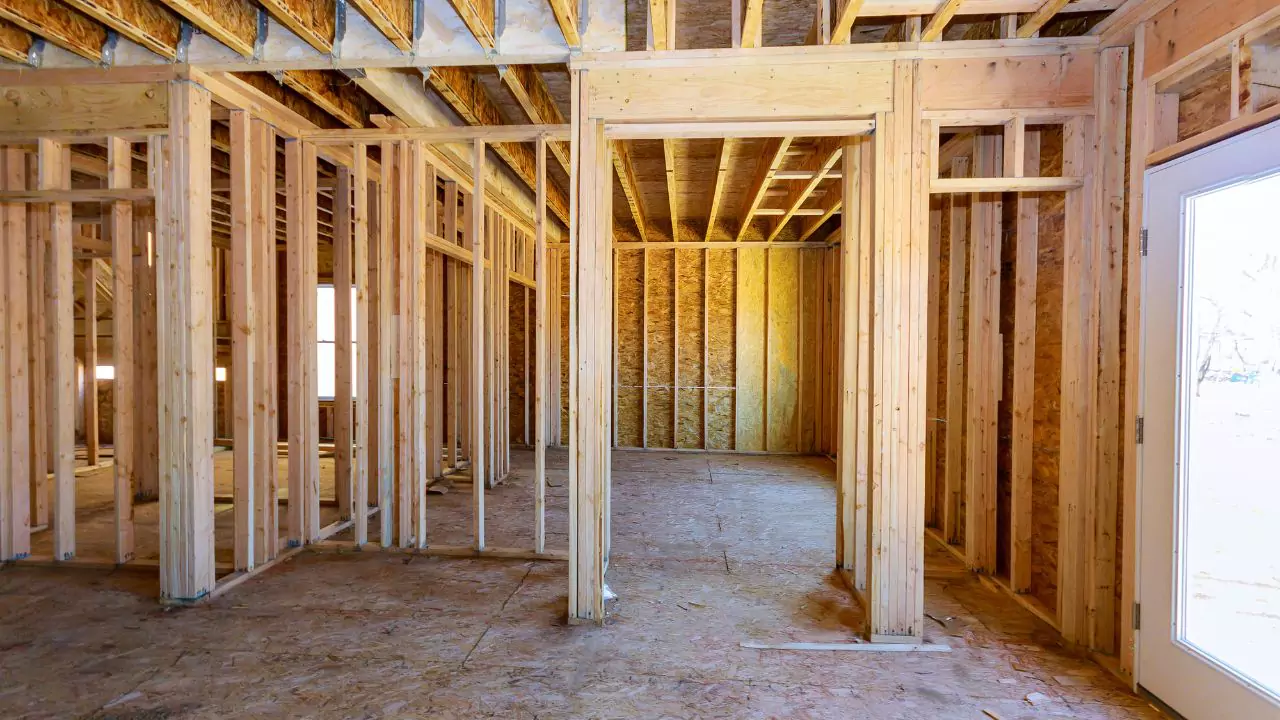Walls-in insurance coverage is an important type of insurance policy for condominium owners. It provides protection for the interior walls, fixtures, and furnishings within a condo unit. Understanding what walls-in coverage includes and how it differs from bare walls coverage can help condo owners make informed decisions when purchasing insurance.
Understanding Walls-In Insurance Coverage
Definition and purpose of walls-in insurance
Walls-in insurance, also known as interior unit coverage, is a policy that provides coverage from the exterior framing of a condo unit to the interior walls and everything within. This includes drywall, paint, wallpaper, electrical, plumbing, cabinets, countertops, flooring, and any built-in items like bookcases or shelving. The purpose is to protect the owner’s possessions and valuables inside the walls of their unit.
Comprehensive coverage from exterior framing to interior walls
Walls-in condo insurance provides comprehensive protection from the outside structure of the unit to the interior finishes and belongings. Items covered within the walls-in policy include lighting fixtures, appliances like refrigerators and stoves that are built-in, bathroom vanities and hardware, heating and cooling systems, and more. Basically, anything permanently installed or attached to the interior walls is protected by a walls-in policy.
Inclusions in walls-in coverage
Typical inclusions in walls-in condo insurance are floor coverings like carpet and tile, kitchen and bathroom cabinets and countertops, interior doors, moldings, paint and wallpaper, plumbing and electrical wiring, built-in shelving, washers, and dryers if included, and other fixtures. Additionally, possessions within the walls like furniture, TVs, computers, clothing, dishes, and valuables are covered. Walls-in insurance provides comprehensive protection for the interior unit.
Differences between Walls-In and Bare Walls Insurance
Explanation of bare walls coverage
Bare walls condo coverage only insures the physical structure of the unit – the literal bare walls and permanent fixtures like sinks and toilets. It does not cover flooring, countertops, cabinets, paint, wallpaper, appliances, possessions, or electronics. Basically, bare walls only cover the minimal shell structure of the unit, leaving the owner responsible for insuring all interior items separately.
Comparison of coverage between walls-in and bare walls insurance
The key difference between walls-in and bare walls condo insurance is the extent of coverage within the interior unit. Walls-in policies include floor coverings, kitchen and bathroom cabinets, lighting fixtures, appliances like refrigerators and furnaces, wall finishes like drywall and paint, and possessions like furniture and electronics. Bare walls insurance only covers the physical wall structures and permanent bathroom/kitchen fixtures.
Evaluation of advantages and disadvantages of each type of coverage
Walls-in insurance provides complete protection for the interior condo unit and contents at a higher premium cost. Bare walls is more affordable but leave the owner responsible for insuring many items separately. The advantage of walls-in is comprehensive coverage with convenience and peace of mind. The advantage of bare walls is lower cost. Disadvantages are reversed – walls-in has a higher price while bare walls leave gaps in coverage.
Importance and Benefits of Walls-In Insurance Coverage
Protection against structural damage for condo owners
Unlike single-family homeowners, condo owners only own their individual unit interiors. Walls-in coverage protects condo owners from costs associated with interior structural damage such as water leaks, electrical shorts, or cracks in walls and floors. These repairs can be very costly without adequate walls-in insurance.
Coverage for fixtures and furnishings in common areas
In addition to the interior unit, walls-in insurance also covers fixtures and furnishings in common condo areas like lobbies, gyms, recreation rooms, and shared bathrooms. This provides protection for items the owner is collectively responsible for with other residents. Bare walls insurance does not cover these shared common amenities.
Peace of mind and financial security
The comprehensive nature of walls-in condo insurance provides peace of mind that all interior items and structures are protected from damage. Rather than trying to determine separate coverage for flooring, cabinets, and possessions, walls-in bundles it together for simplicity and financial security through adequate coverage.
Obtaining Walls-In Insurance Coverage
Guidance from an experienced insurance agent
It’s advisable for condo owners to consult an experienced insurance agent when considering walls-in versus bare walls coverage. The agent can explain specifics about what is covered and make personalized recommendations based on the client’s budget, possessions, and risk factors. The intricacies of condo insurance warrant professional guidance.
Reviewing condo association policies
Before purchasing their own policy, the owner should review what is covered under the association’s master policy for common areas. There may be overlaps or gaps between the association and unit owner’s policies that impact the necessary extent of walls-in versus bare walls coverage. Coordination is advised.
Assessing individual coverage needs and customizing the insurance plan
No two condo owners have the exact same coverage needs and budgets. Factors like collections, valuables, lifestyle, pets, and more impact the ideal policy. After reviewing association master policies, owners can assess their individual situation and customize the right condo insurance plan accordingly with helpful agent expertise.
In summary, walls-in insurance provides interior condo unit and contents coverage between bare walls and total replacement cost coverage. Understanding walls-in policies, comparisons to bare walls, benefits, and customization can help condo owners secure protection that fits their unique needs and brings peace of mind. Consultation with experienced insurance agents is highly recommended when deciding on the ideal walls-in or bare walls condo insurance policy.





